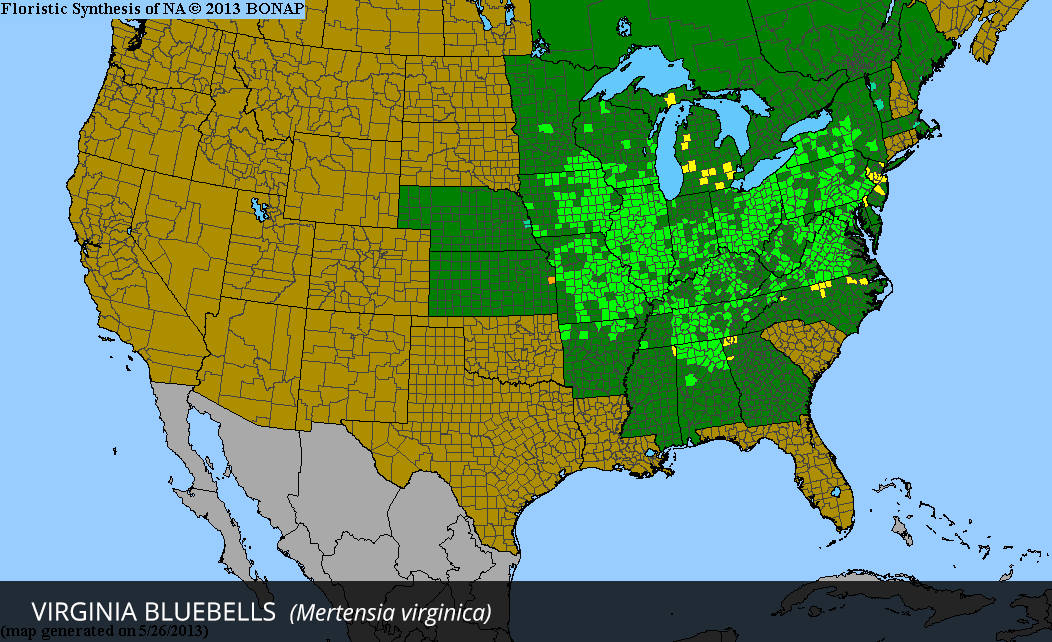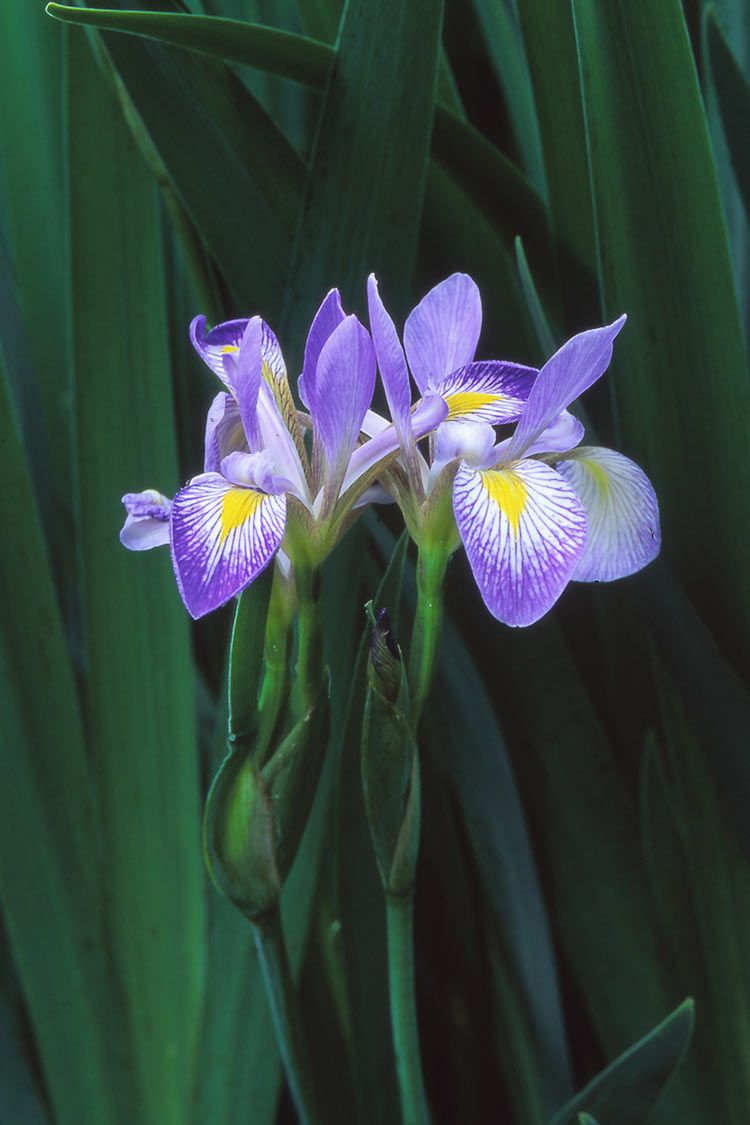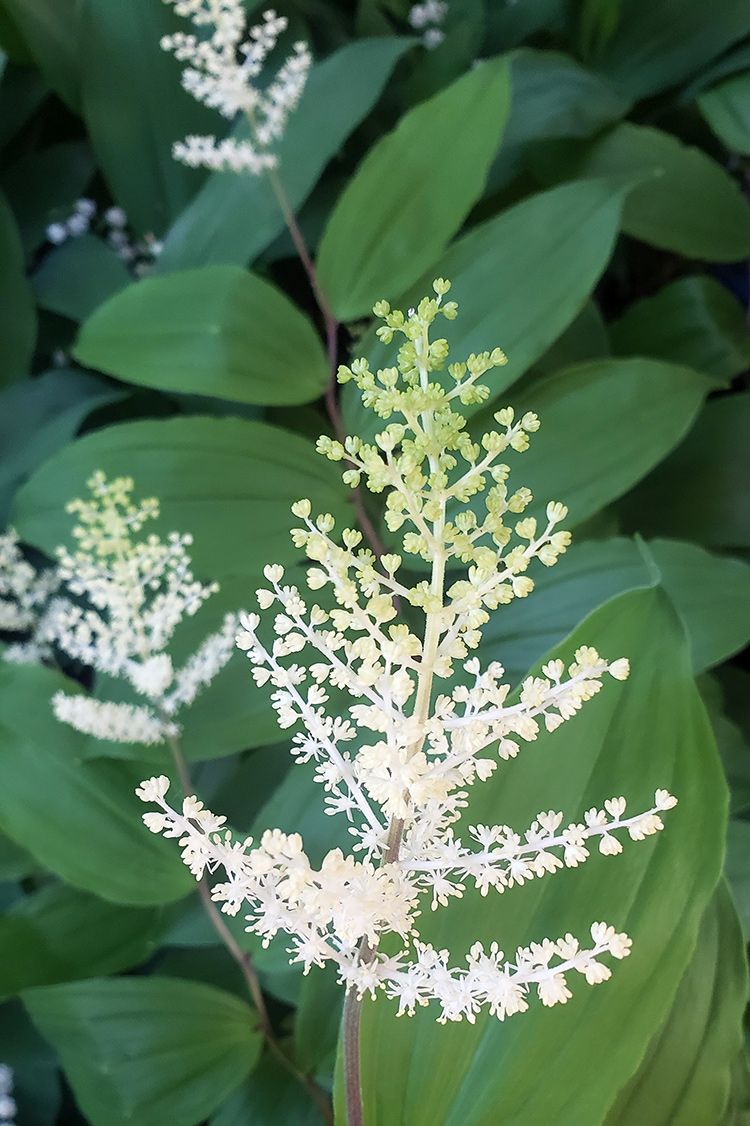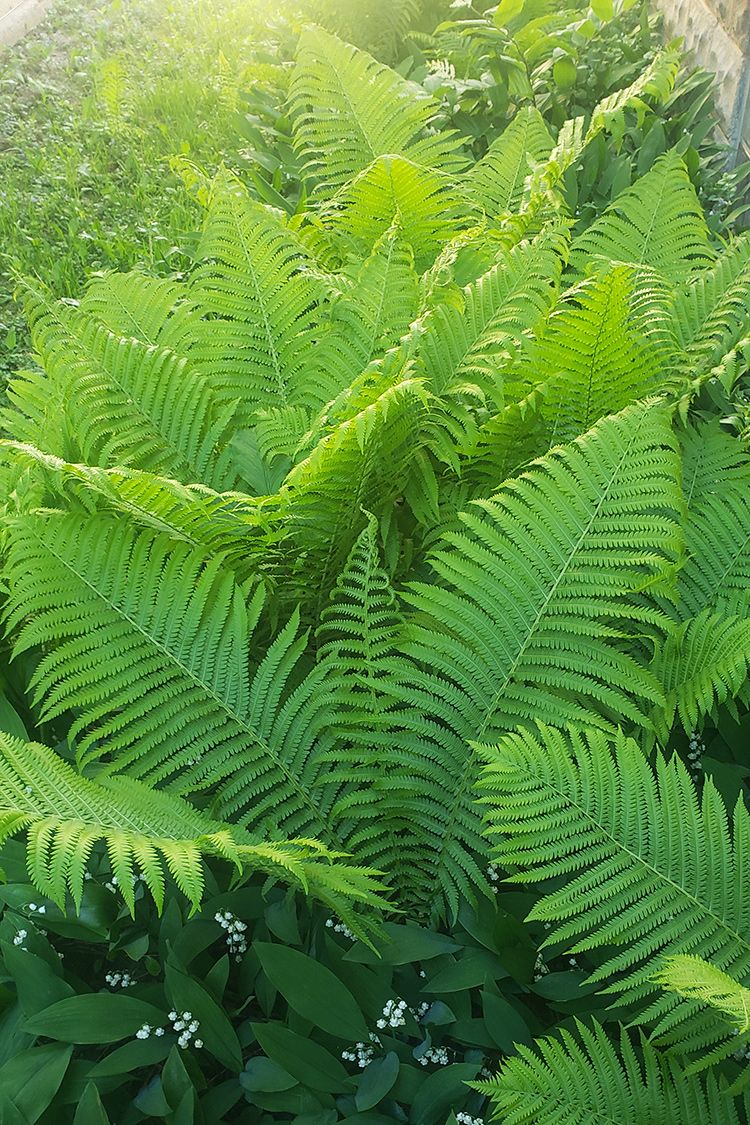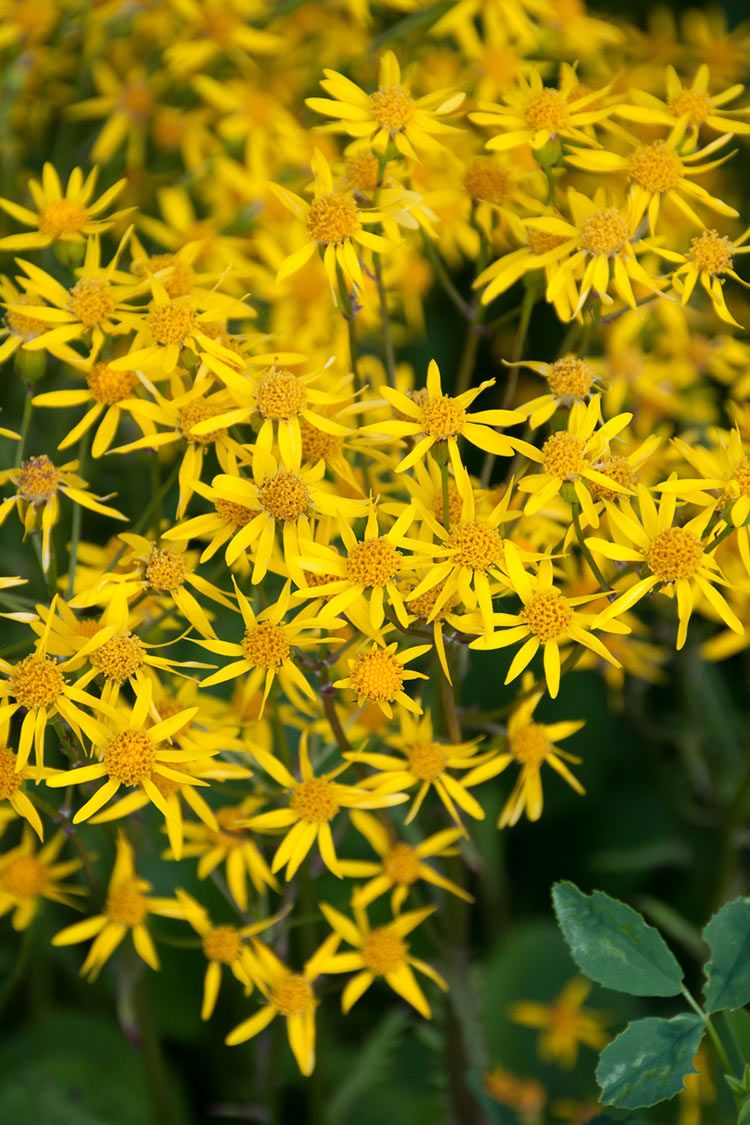Virginia Bluebells
The distinctive blue-pink flowers of Virginia Bluebells (Mertensia virginica) appear soon after the snow melts. Native to the eastern U.S., this beautiful woodland ephemeral is a most welcome harbinger of spring. In the garden Bluebells prefer a rich well-drained soil. Natural leaf mulch will enrich the soil and create the right environment …
| Soil Type | Clay, Loam, Sand |
|---|---|
| Soil Moisture | Medium, Moist |
| Sun Exposure | Partial, Shade |
| Height | 1' - 2' |
| Bloom Color | Pink, Blue |
| Bloom Time | Apr, May |
| Spacing | 1' |
| Zones | 4, 5, 6, 7 |
| Root Type | Rhizome |
| Benefits | Pollinators, Hummingbirds |
The distinctive blue-pink flowers of Virginia Bluebells (Mertensia virginica) appear soon after the snow melts. Native to the eastern U.S., this beautiful woodland ephemeral is a most welcome harbinger of spring. In the garden Bluebells prefer a rich well-drained soil. Natural leaf mulch will enrich the soil and create the right environment for this choice species. Unlike other members of the borage family, which are often covered with bristly hairs, Virginia Bluebells stands out with its smooth foliage. The long-lived plants expand slowly and form beautiful clumps that return year after year.
Early season pollinators appreciate the blooms, with bumblebees and mason bees providing cross-pollination during their visits. Other nectar seeking visitors include the Giant Bee Fly, butterflies, skippers, and Sphinx moths.
Virginia Bluebells go completely dormant in summer. If they are planted in the spring, Bluebells may go straight into dormancy without exhibiting any growth, in which case you can expect them to emerge the following spring. Bluebells are best planted along with other perennials, such as ferns, which will expand and cover the planting area as the season progresses. Other common names include Virginia Cowslip, Lungwort and Roanoke Bells.
Explore our Resources & Guides: How to Transplant Bare Root Plants




